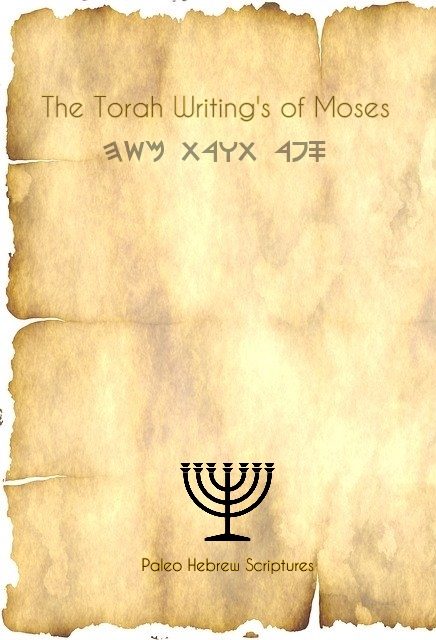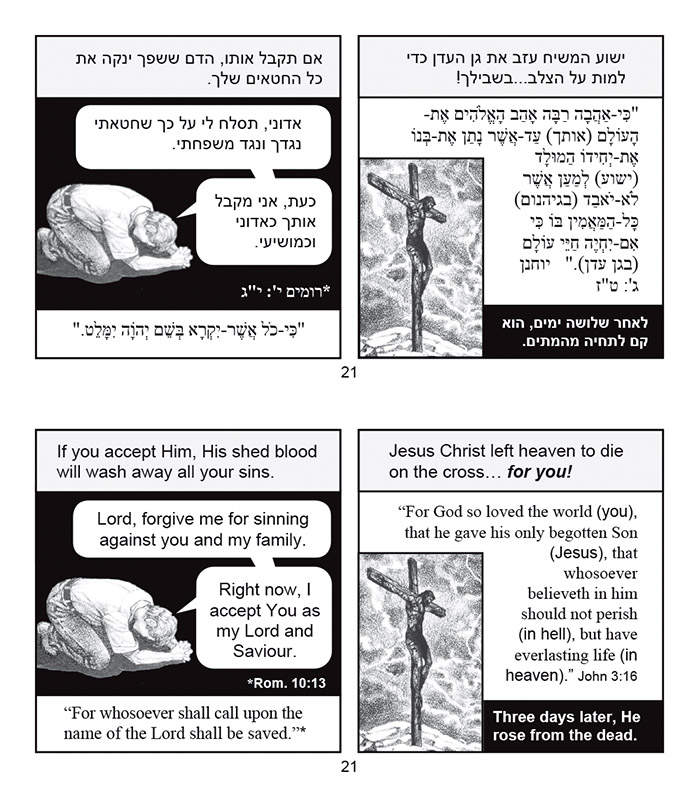
Practically all vocabulary found in the Bible is utilized in Modern Hebrew, and examples of English words of Hebrew origin include: amen, hallelujah, Armageddon, cherub, seraph, behemoth, Sabbath, and shibboleth. As writing tools developed to include ink on. Hebrew is studied widely in universities and seminaries. One popular theory is that Hebrew is written from right to left because, in ancient times, when chiseling out words on a stone tablet, the engraver would hold the hammer in his stronger hand (usually the right hand) and the chisel in the left hand, making it much easier to write from right to left. Schoolbooks and prayer books include vowels while magazines, newspapers, and literature do not. In other words, the likelihood that a language is written from right to left is greater if the language came to existence before paper was invented. The Hebrew language, unlike English, is written from. Students of Hebrew learn to read with the accompanying vowels, which are phased out once the grammatical structures of the language are mastered. It is said that right-to-left scripts can be indicative of how ancient the language is because of the medium of writing that was used to carve these languages in stone. The Hebrew alphabet is called the alefbet in Hebrew because of the first two letters, alef and bet. Originally the Hebrew language was not written with vowels to indicate how a.
Why does hebrew read right to left series#
A series of dots and dashes which represent vowel sounds were introduced in the eighth century in order to facilitate pronunciation. There are 22 letters in the Hebrew alphabet and is read from right to left.

Hebrew is written from right to left and consists of 22 consonants. In 1948, Hebrew (along with Arabic) became the official language of the modern state of Israel. As a spoken language, Modern Hebrew began to emerge in the late nineteenth century and became, in 1913, the official language of instruction in Jewish schools in the region of Palestine. While Aramaic, which utilizes the same alphabet, replaced Hebrew as the spoken language for centuries, Hebrew remained a language used for ritual, prayer, literature, and written communication.

Hebrew was the spoken language of the Patriarchs during the Biblical period, and the Bible is written in Hebrew. It was similar in origin to ancient Phoenician and developed into an independent language in the twelfth century BCE. When someone has a joyful occasion such as having a baby, getting married, etc.Hebrew is one of the world’s oldest languages still spoken today. This is all about the Israeli directness and represents our culture so well. It literally means in “good time” but we use it when someone buys a home, when a woman is expecting to give birth and more.Īnd of course, our expression בקרוב אצלך- b’karov atzlech– “soon with you”. For this, we say בשעה טובה- b’sha’a tova. Andiamo offers typesetting in right to left languages so why not let us make it easy for you.
Why does hebrew read right to left how to#
By 1000 BCE the Phoenician and Hebrew languages had become distinct. If you need any advice on how to organise your design to accommodate a right to left language, call 08450 345677 and we’ll be happy to advise you. We also love to “bless” people on their achievements and wish them success and happiness in their future endeavors. Phoenician was written from right to left, & vowels were omitted. It’s like hey! I’m going to l’fargen you on this awesome achievement! Israelis love to support one another, and Hebrew is the only language in the world with this unique word. L’fargen means to give someone credit when it is due in a totally non jealous way. We like to speak “ dugri” (direct) but also with lots of love and “firgun…”įor example, in Hebrew we have a word לפרגן- l’fargen.

The Hebrew language has been heavily influenced by the Israeli culture and the way that we interact with one another. Yidish also plays a role in in Hebrew, with certain expressions commonly used (especially amongst our grandmothers!). Many of the most common Hebrew slang words are taken directly from Arabic such as sababa (cool), yalla (let’s go), and mabsut (happy, satisfied). Speaking Hebrew is way more than speaking a language, it’s a means of portraying our culture and integrating with others!


 0 kommentar(er)
0 kommentar(er)
